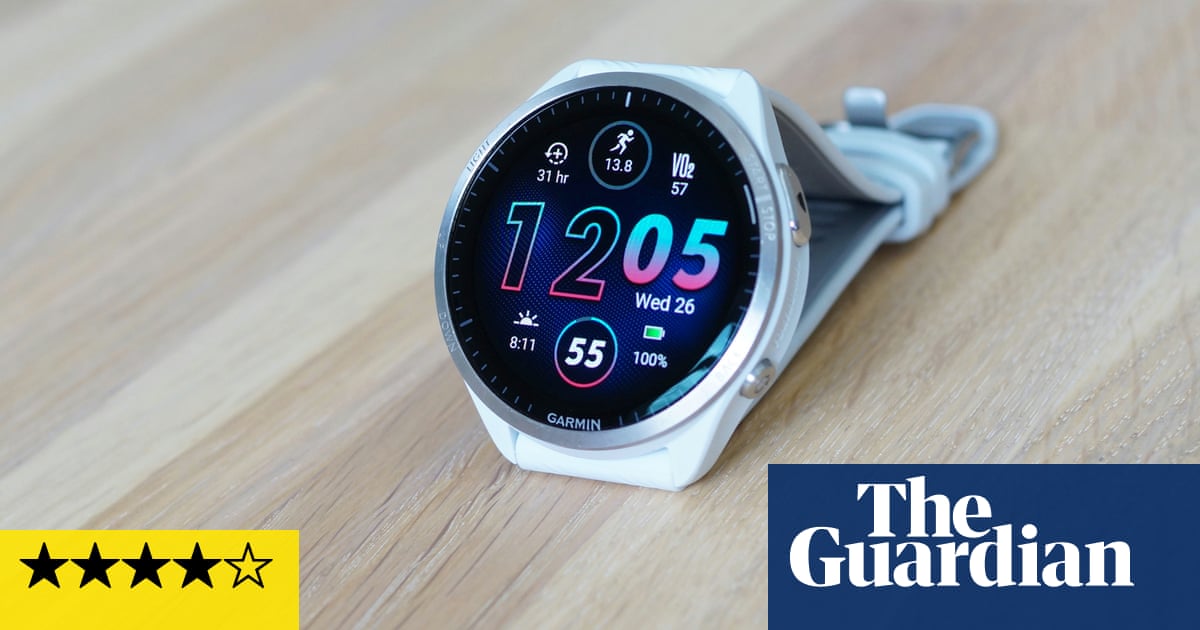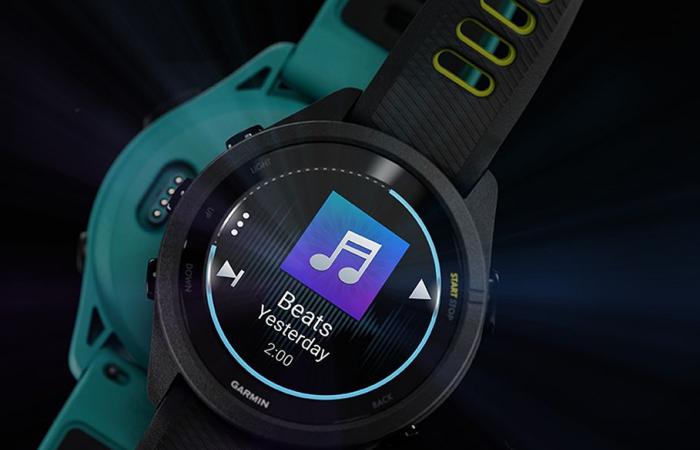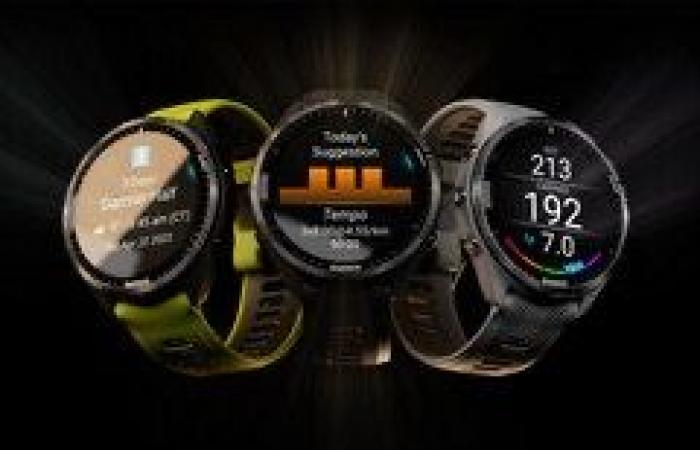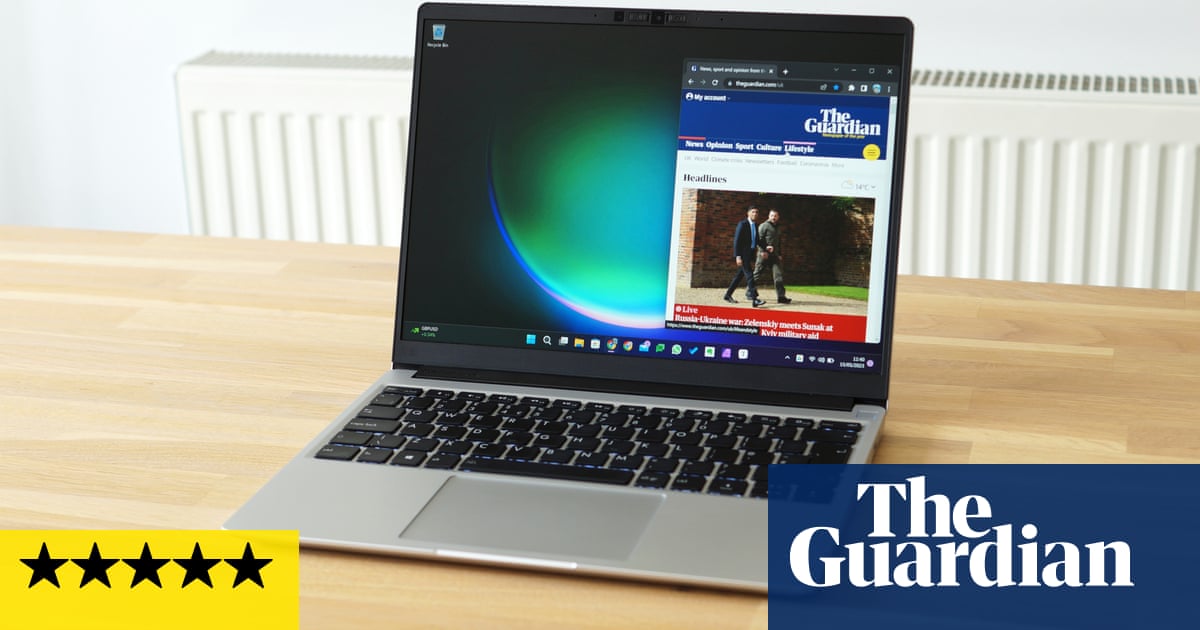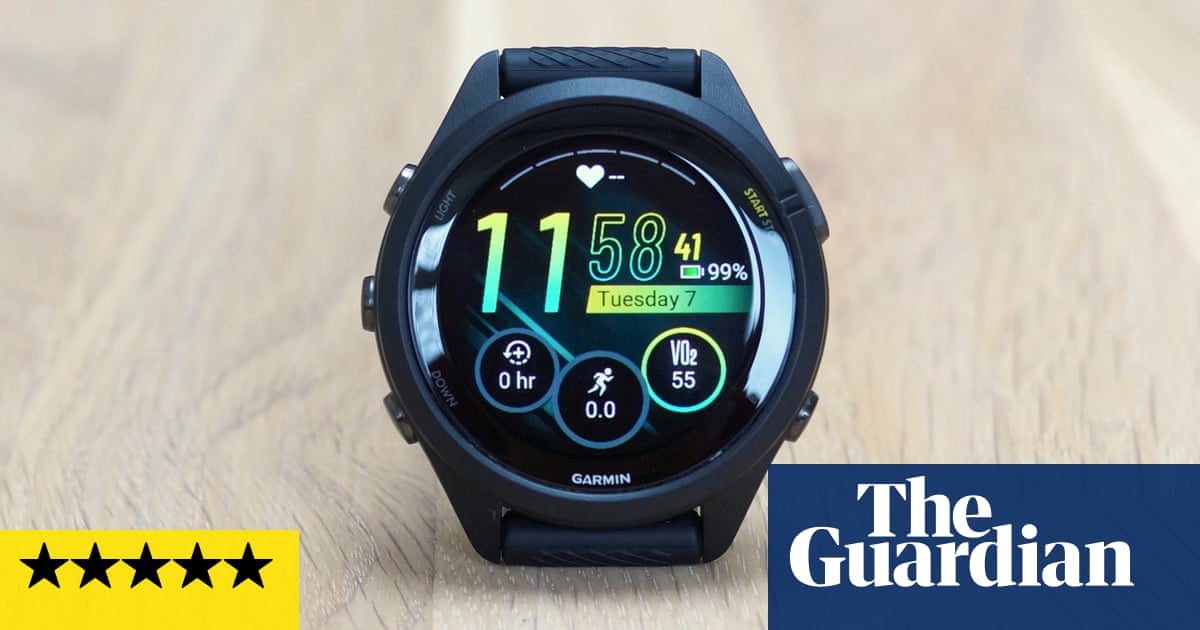
The Forerunner 265 ushers in a new era for Garmin, bringing bright and sharp OLED screens to its class-leading running watches while keeping week-long battery life.
But the screen upgrade comes with a price hike. The Forerunner 265 costs £430 ($450/A$769), making it £80 more than its excellent LCD-equipped sibling, the Forerunner 255 Music. OLED screens have long been a feature of smartwatches, such as the Apple Watch, but this marks a departure for serious sports watches.
Other than the display upgrade and a new training tracking feature, the 265 is very similar to the 255, which is no bad thing. It comes in two sizes, is light and comfortable, stays put during vigorous exercise and is built to handle most sports, including swimming. It has both buttons and a touchscreen, similar to the more expensive Forerunner 955 and 965, and syncs via Bluetooth to an Android or iPhone app, direct via wifi or using a USB cable to a computer.
The screen can either be activated by a gesture or button press, or kept lit all the time, shifting into to a dimmer display mode when not being actively used. It still looks like a sports watch, unlike competitors from Apple, Google and Samsung that typically feature more refined designs. But there are a range of colours to choose from and the standard rubber straps are easy to change.
Graphs, stats and metrics recorded by Garmin’s best-in-class sport tracking features look extra clear on the screen and are easily visible during a run, even in bright light. The OLED screen is easier to read than LCD versions in the dark, too, and can be dimmed or turned off at night for sleep tracking.
The other big new addition to the 265 is Garmin’s excellent training readiness feature, pulled from the firm’s top sports watches. It continuously tracks your recovery after exercise, adjusting for sleep, rest days, illness, fitness and other factors, combining lots of data into a simple prediction of how ready you are for more exercise. It will suggest how hard to run or how refreshed you are for a race, matching up with energy levels and muscle fatigue almost perfectly.
Specifications
Screen: 1.1 or 1.3in AMOLED
Case size: 42 or 46mm
Case thickness: 12.9mm
Band size: standard 18 or 22mm
Weight: 39 or 47g
Storage: 8GB
Water resistance: 50 metres (5ATM)
Sensors: GNSS (Multiband GPS, Glonass, Galileo), compass, thermometer, heart rate, pulse Ox
Connectivity: Bluetooth, ANT+, wifi
Week-long battery life
One of the downsides of an OLED screen compared with the low-power LCD-based technology used by previous Garmins is the hit to battery life. The 265 lasts a long time for an OLED watch, managing up to seven days between charges used as a smartwatch with general health tracking and the screen on all the time. But that’s about half the life of the 255.
Battery life is very similar to its stablemate for activity tracking, however. An hour’s run without music consumes roughly 6% of the battery. That means the watch lasts for about 16 hours of tracking in its default settings, which is about the same as its power-efficient sibling and long enough for a marathon or two. It takes about an hour to fully charge with the included USB-C cable.
Sustainability
The Forerunner 265 is generally repairable. The battery is rated to last at least a few years of frequent charge cycles while maintaining at least 80% capacity. The watch does not contain any recycled materials. Garmin guarantees at least two years of security updates from release but typically supports its devices far longer. It offers trade-in schemes for some lines and complies with WEEE and other local electronics recycling laws.
Price
The Garmin Forerunner 265 comes in two sizes (42mm or 46mm) and costs £429.99 ($449.99/A$769)
For comparison, the Forerunner 255 Music costs £349.99, the Forerunner 955 costs £479.99, the Forerunner 965 costs £599.99 and the Garmin Epix costs £709. The Apple Watch Series 8 costs £419, Coros Pace 2 costs £180 and the Polar Vantage V2 costs £429.
Verdict
The Forerunner 265 proves that OLED screens can make for excellent sports watches but it is best to think of it as a “plus” version of the already great Forerunner 255 Music. It has a touchscreen and physical buttons, offline music and class-leading sport tracking, including the extremely useful training readiness. It has everything you need for running – short of full maps, which are still reserved for Garmin’s top watches.
The new screen reduces the daily battery life to about seven days between charges but that is still at least four times as long as an Apple Watch. The Garmin handles basic smartwatch features, such as simple alerts from your phone, but lacks a voice assistant and other smart bits.
An unexpected benefit of the crisper screen is that the smaller version of the 265 is much easier to read and use, which makes it more tempting.
While the added training readiness is a killer feature, the 265 it is not head and shoulders better for tracking runs than the Forerunner 255. Instead, it is a prettier, brighter option. OLED screens are clearly the future of sports watches but for now they command a premium over LCD-based rivals.
Pros: slim, light, real buttons, crisp OLED touchscreen, choice of sizes, multiband GPS, accurate heart rate, extensive stats, multisport, great health tracking, highly customisable, seven-day battery life, offline music, basic smartwatch features.
Cons: expensive, no offline maps, no voice assistant, shorter battery life than LCD-siblings, limited Garmin Pay compatibility with UK banks.





